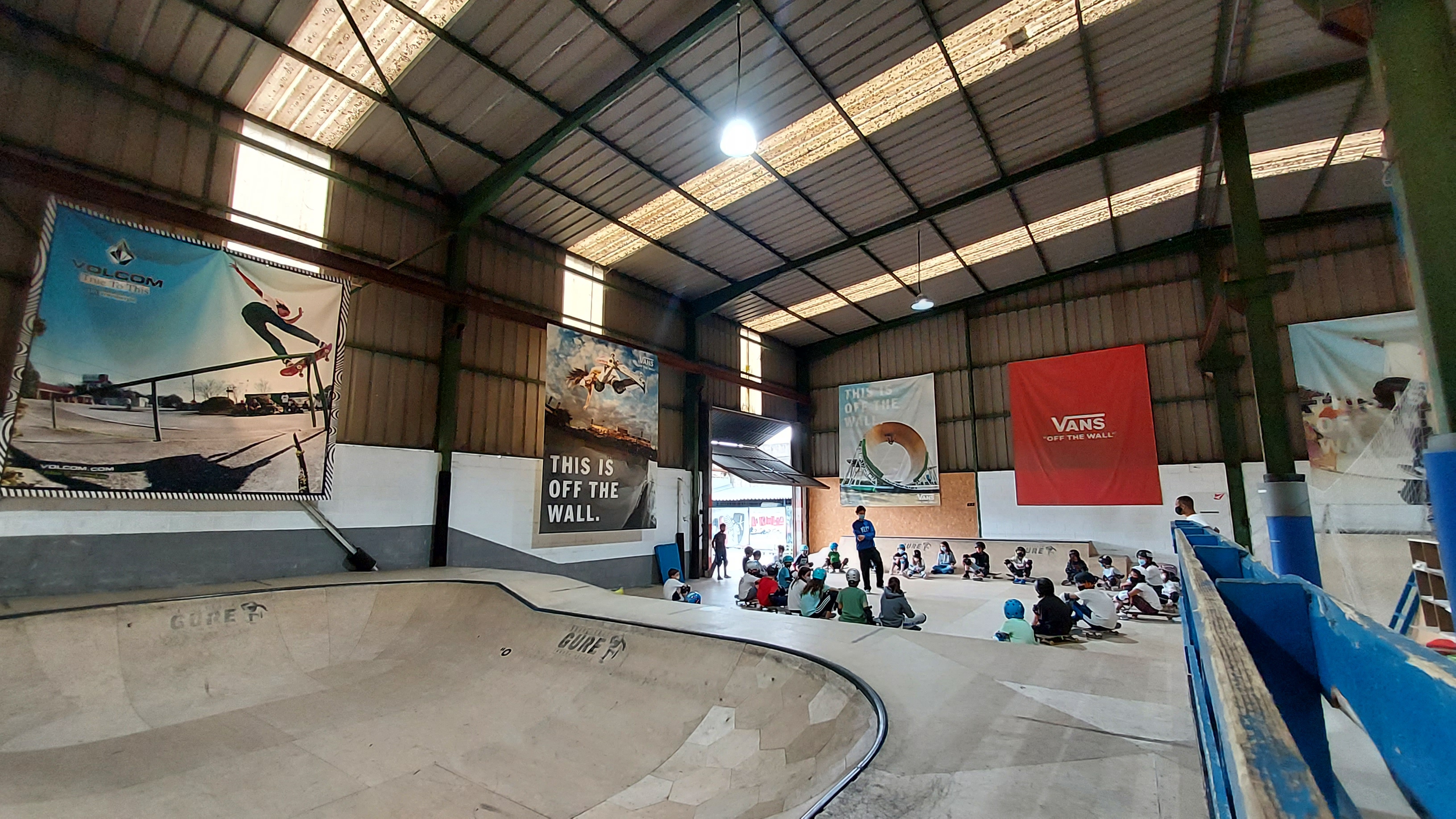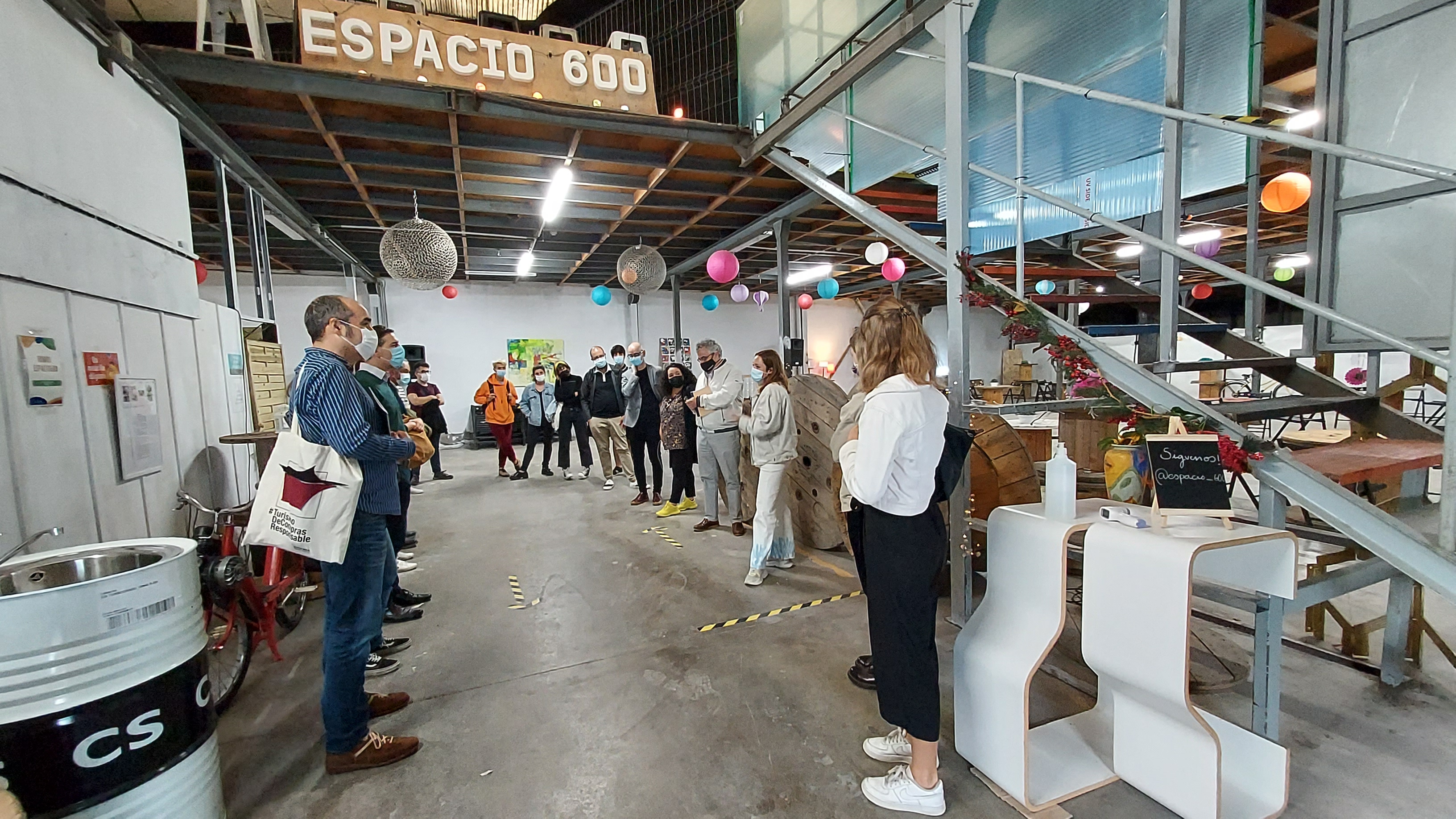It is increasingly known that higher education institutions should embrace a radical new role in the exploration of desirable futures. R&I are key to our progress as a society, yet too often these remain closed in universities’ labs and detached from challenges facing communities on the ground. Higher education is also key to human development, and yet the model often remains one of industrial learning - focussed on individual performance and confined to the classroom rather than on a creative, collaborative and interdisciplinary journey of discovery and learning.
Bilbao and the whole of the Basque Country are fueled with top level universities and research centres. Over the years, they have played a pivotal role in the transformation of the region’s economy into an open knowledge-based environment, hand in hand with a cooperative movement that has demonstrated unique capacity to unlock prosperity and redistribute wealth. The redevelopment of Zorrotzaurre as a ‘smart’, ‘social’, ‘sustainable’ island will build on these key assets, with the ambition to give life to new forms of innovation, creativity and culture. However, whether a Bilbaohaus Effect 2.0 can be truly achieved will largely depend on redefining smartness, sustainability and culture for contemporary rapidly changing societies, and how these can unfold through locally rooted yet globally relevant missions of sustainable urban development.
Zorrotzaurre will experience a long ‘meanwhile’: with almost 20 years of construction work ahead, we have an unprecedented opportunity to leverage temporary uses as ways to catalyse new roles for Universities, advance novel civic curricula rooted in universities-communities coalitions, and sustain collective action towards shared desired futures.
Following are nine principles that can help set the ‘common ground’ for Universities-communities collaboration through temporary uses in the context of Zorrotzaurre. Taken together, they form a manifesto meant to give direction, meaning and system synergies to all actors that will be engaged in the process of discovering and making the future of Zorrotzaurre - students, professors, T-Factor’s partners, decision-makers, grassroots organisations and far beyond. Moreover, how we leverage the tenets of beauty, inclusion, sustainability and for a New European Bauhaus - or better Bilbaohaus - effect 2.0.
1. Future-focussed.The world is changing at unprecedented pace, through dynamics that are fundamentally systemic and thus interdependent. The future is unknown and requires us to work through different perspectives and integration of areas of knowledge. Arts help us express ourselves and evolve our cultural identity; science helps us explain how the world works. But design binds us through an exploring model: we must envision temporary uses as designs in practice that allow us to engage with, imagine and test desired futures.

2. Citizens-centred.Temporary uses are not simply the physical space of activity, but more importantly, an opportunity to pool collaboration across government, academic institutions, businesses, non-profit organisations, and many others towards maximizing quality of life, adding value, and generating positive impact for people and communities and places.
3. Mission-oriented.To become mission-oriented, we need to acknowledge that the world can only change through collaboration at scale, and through novel models of design and innovation that unlock an entirely new spectrum of capabilities. Temporary uses can be ways to address place-based missions of innovation that are relevant to complex global challenges and Sustainable Development Goals (SDGs), conveying a variety of local actors in the pursuit of pathways, and pooling material and immaterial resources that are distributed in our cities yet often disconnected. Core to this approach is the understanding of temporary use as the key opportunity to define shared goals of urban regeneration, aligning public and private interests around the creation of shared public value.
4. Design-led.Quoting Herbert Simon, design is a means of changing existing situations into preferred ones, thereby making all of us designers of sorts. Specifically in this case, we should be willing to change how the current real estate model works, where designers typically enter at the very last phase of the prospect to care for the social impact. Temporary uses should be willing to invert this chain, leading by design intelligence, then providing inputs at the planning level, and thus incentivizing developers with new investment prospects - towards new partnerships for the public good and public places.
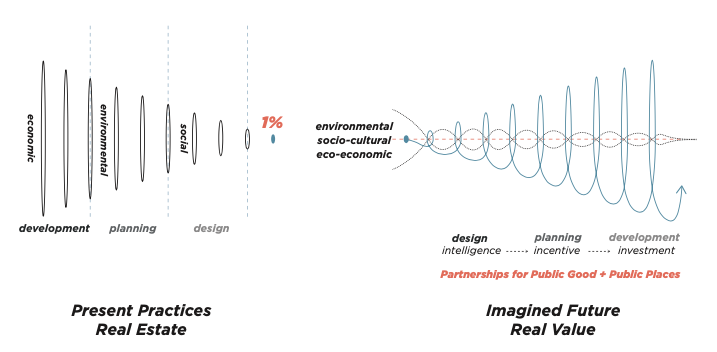
5. Locally-generated.As designers we often tend to look at what ‘wows’: in other words, just an artefact or product for consumption - but we need to design for what works. Therefore, It is not only about what we are creating, but for whom we are creating and why. Ultimately we are seeking outcomes that are viable in the long term. For us to be able to create common prosperity, we need a culture to serve the public interest, we need strategies that are converged and synergistic, and we need to understand the complexity of the challenges we face.
6. Use-inspired.Design can be conventional and popularly understood as a luxury product for the few, but its power resides in its ability to deliver and perform for the greatest number and the greatest good. Therefore, we need to consider design as an activity for enabling change toward democratic, decentralised and distributed futures. The entire spectrum from defining the challenge to governing the outcome for the long term becomes the intrinsic value of co-creativity.
7. Culturally valued. We tend to live in an ‘instagram’ society where our usual way of behaving is reactive to events and signals at the surface. But below this surface, there are deeper patterns and structures that determine how systems work. In turn, such patterns and structures emerge from cultural beliefs, mindsets, cultures and values. If we are to make a real and long term change, we need to start designing temporary uses from the bottom of the iceberg, to the surface, interrogating how human behaviour can unlock alternatives structures and patterns of change.
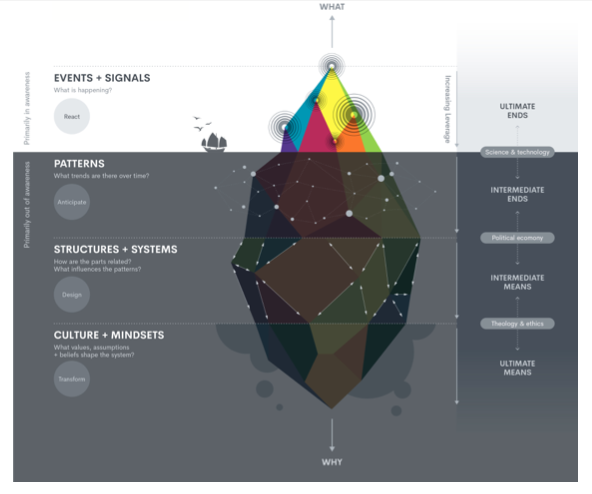
8. Learning driven.Urban regeneration deals with problems that are complex in nature. Complexity is by definition averse to simple and linear solutions. If temporary uses are to embrace complexity, empower decision-making / choices and enable change, we need to think and practice them as ways to probe, sense and then respond and adapt. Temporary uses are not solutions-driven, but rather pathway and co-discovery-driven.
9. Practice-based. We need to look at temporary uses as ways to create new competencies, capacities, and capabilities on the island - understanding and practising them as small innovation niches that go to a more social level and that in turn can become a movement of change at landscape and even planetary scale.
New Civic Curriculum for Life Long Learning - 5 to 95
Imagining the future of Zorrotzaurre as a world leading place for inclusive innovation through a novel civic curriculum could generate a life long learning environment responding to our challenging and changing world.
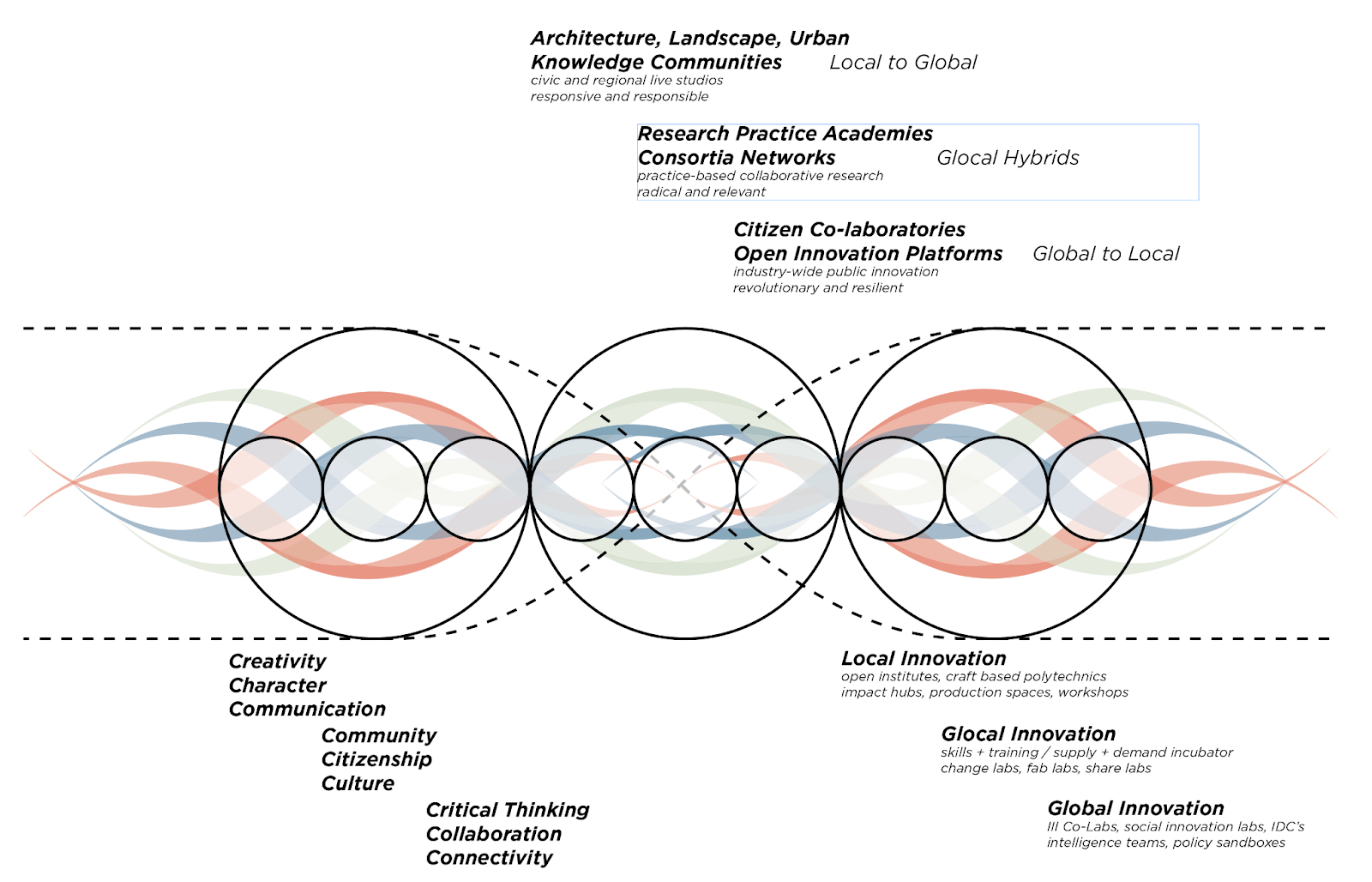
This article is my personal re-elaboration of an extract of the keynote lecture delivered by Prof. Laura Lee for a class of students of the University of Deusto, Industrial Design Engineering Degree. The lecture was the launch event of the co-creation path that T-Factor is promoting in Zorrotzaurre in close collaboration with the University of Deusto and local grassroots organisations, which will explore how temporary uses can drive new local alliances in response to climate resilience.
Author, Laura Martelloni, ANCI Toscana. With great thanks to Prof. Laura Lee, Architect, FAIA, Hon FRAIA.
- Universities-Grassroots collaboration
Tags: Urban Regeneration

